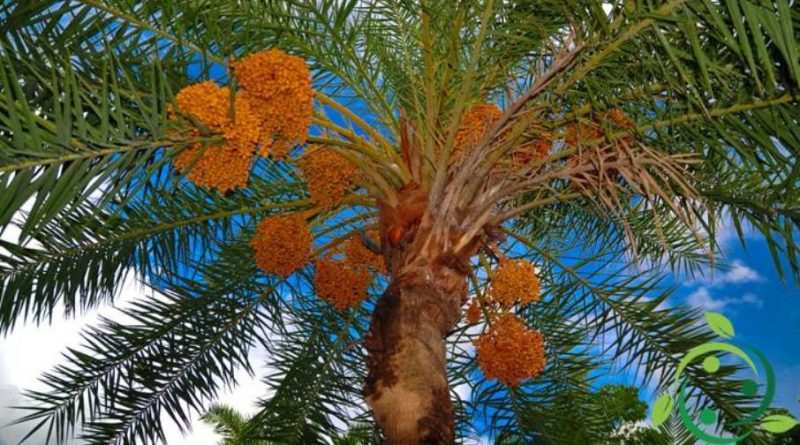How to grow date palm
How to grow date palm
The date palm (Phoenix dactylifera L., 1753) is a plant belonging to the family Arecaceae, known since ancient times among the Egyptians, the Carthaginians, the Greeks, the Romans, the Berbers for its edible fruits called dates. In the Christian tradition, the leaves represent a symbol of peace and recall the entry of Jesus into Jerusalem.
It is a plant that with its erect stem can reach 30 meters; the bark has a rough structure, due to the presence of the fallen leaves during its growth. As the foliage grows it remains exclusively on the top and is composed of a maximum of about 30 green, pinnate, linear leaves, which can reach the dimensions of about 5-8 meters in length. In this sheet we will see how to grow the date palm following the most appropriate agronomic measures.
The species is dioecious so we have trees that produce male inflorescences and trees with female inflorescences. The male flowers are present in smaller numbers than the female ones; the pollination is both anemophilous and entomophilous and can be operated artificially. From the fertilization of the female inflorescences we obtain clusters containing the dates (berries) which tend to go downwards over time. Each bunch can weigh up to 25 kilograms.
We immediately say that artificial reproduction is practiced above all for strictly commercial crops, and in this case the relationship between male and female plants is about 1:50. For this reason the plants from which the pollen is obtained are important, since it depends on the shape, the size, the maturing period of dates, etc.
Although the date palm, prefers warm and subtropical temperate environments, this is still able to withstand temperatures down to -5 ° C; however, to bring the plant into production temperatures between 30 ° C and 40 ° C and with low humidity levels are necessary.
The Date Palm should be planted in places hit directly by the sun’s rays, it adapts to any structure of the ground, even if it prefers deep well-drained, sandy and fertile ones.
The irrigation contribution is crucial for this cultivation. In irrigation areas irrigation techniques are used to supply large quantities of water. The plantations are in fact close to waterways or canals.
The date palm spreads through suckers. The multiplication by seeds, usually is not practiced, as it determines a wide genotypic variability not suitable for income production.
The multiplication by suckers, is obtained by removing those born from the mother plant and putting them to stay in the ground at least after one year. The first fruit production is around the 6th – 7th year of age.
Very important technique is the pruning of old leaves; in this way we avoid the occurrence of diseases and attacks by parasites. The collection of dates is done by cutting the whole bunch, and it is followed by a treatment to protect the plant from attack by insects very harmful to its health.
On the market there are countless varieties of date palm, this also for the millenary cultivation technique; however, we can divide them into three groups: dry, semimolled and soft fruits.
The variety that produces semimolli fruits is the best known and is the one that develops dates of medium value. The soft dates plant produces large, tender and very valuable fruits. The date palm with dried seeds produces many fruits but of little value.
As for the parasites, the most infamous and harmful is the red awl (Rhynchophorus ferrugineus Olivier, 1790). This very infesting beetle that leads to the death of the plant must be eliminated with careful periodic inspections of agronomists who must verify the presence of larvae and with the elimination of infected vegetative parts.

